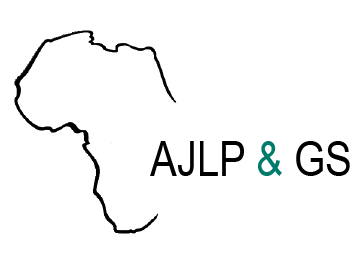Resource information
Context and Background: Land is an important resource for human survival as well as that of other living organisms. Despite its importance, there are many problems that come with its management. There are increasing controversies and disputes over the ownership, access, and use of land. This is due to the increase in land demand, owing to factors such as population growth, urbanization, and food security. Land disputes in the Ashanti Region have drastically escalated recently as a result of these factors. Many land parcels have been left underdeveloped as a result of these disputes.Goal and Objectives:This study investigates land dispute cases from 2016 to 2021 in the Ashanti Region using survey records of land dispute cases from the Ashanti Regional Lands Commission.Methodology:The study reviewed 203 land dispute case files from the Lands Commission to perform spatial analysis in identifying the hotspot zones of land disputes in the area of study. Ripley’s K-function was used to test the null hypothesis of complete spatial randomisation and Moran’s I was used to measure the spatial autocorrelation of the land dispute incidences. A kernel density map was used to show the intensity of recorded disputes in the hotspot zones.Results:It was evident from the study that most of the land dispute cases were recorded in and around the central part of the study area. A map depicting the spatial extent and hotspot zones of the land dispute cases was developed to provide contextual background for policy makers, and researchers. Based on the Moran Scatterplots, Local Indicators of Spatial Association (LISA) cluster maps were used to identify hotspot zones in the study area. A total of 12 localities were identified as hotspot zones in the study area. The incidence of land disputes was mostly in the peri-urban areas with proximity to the Central Business District. Further research is recommended to probe into factors that influence a locality or town’s vulnerability to land.

